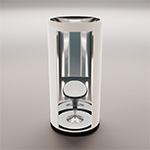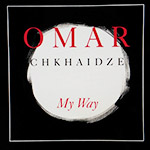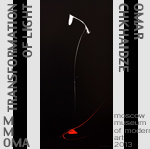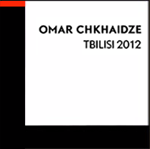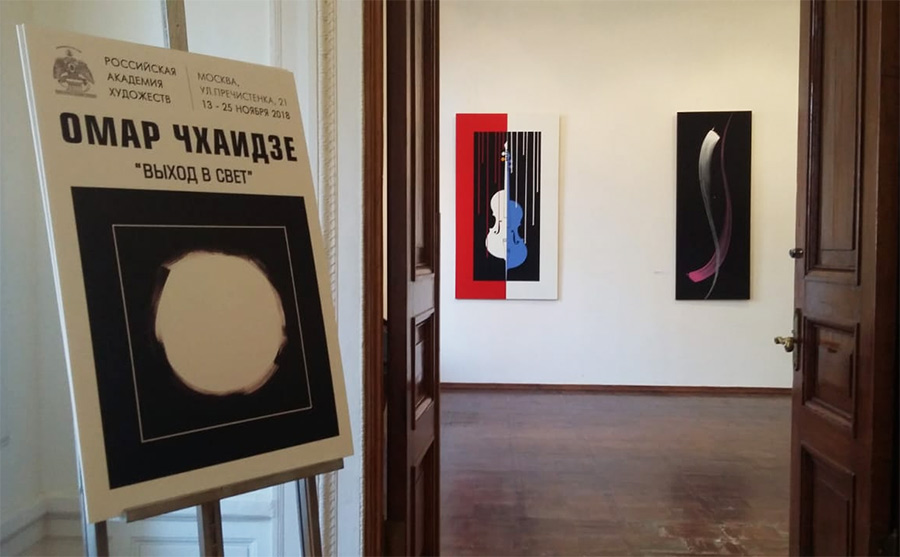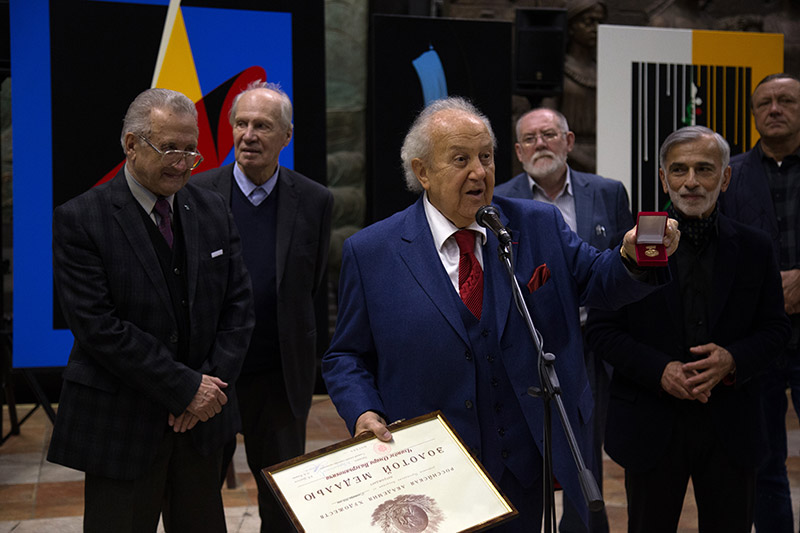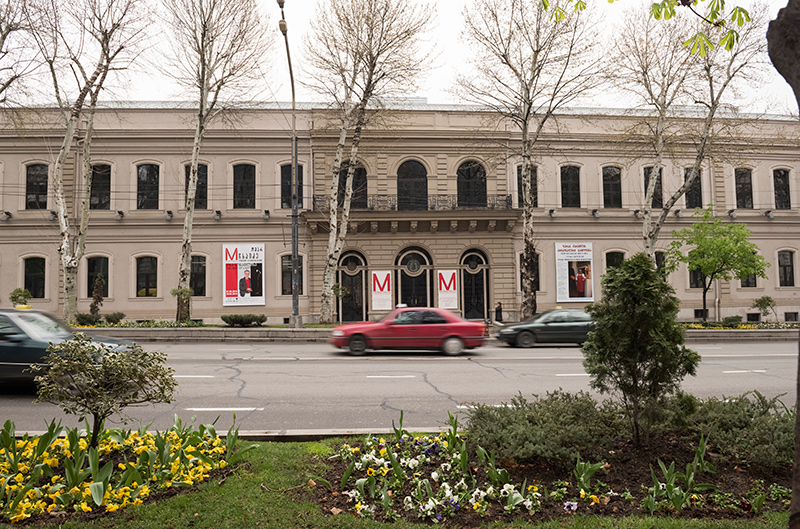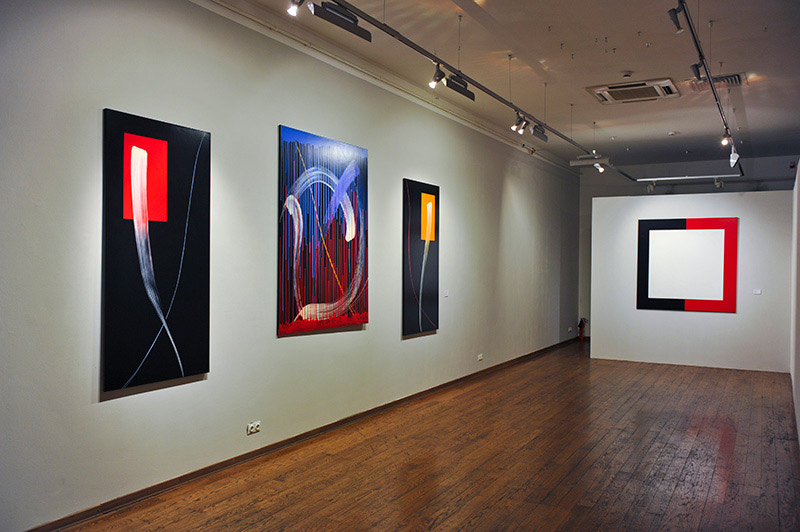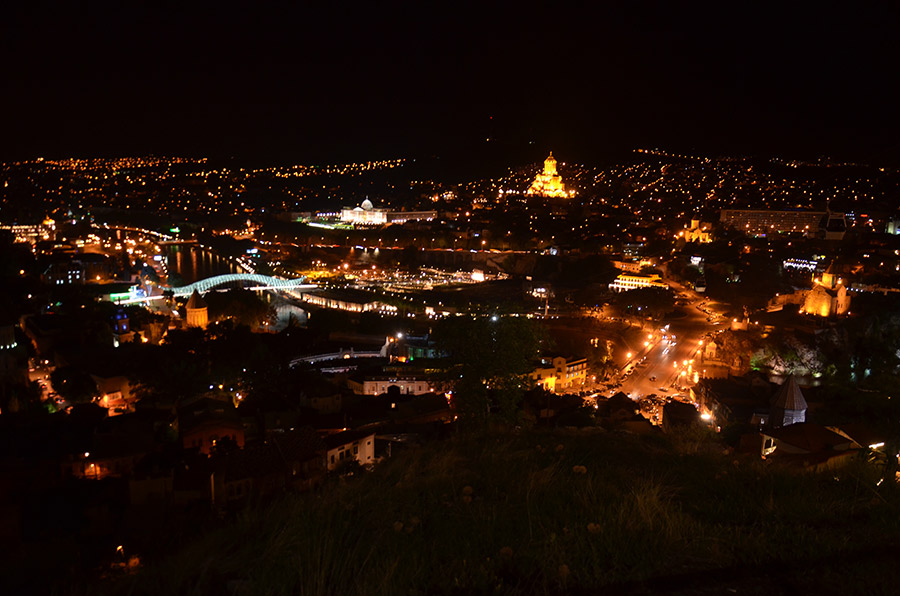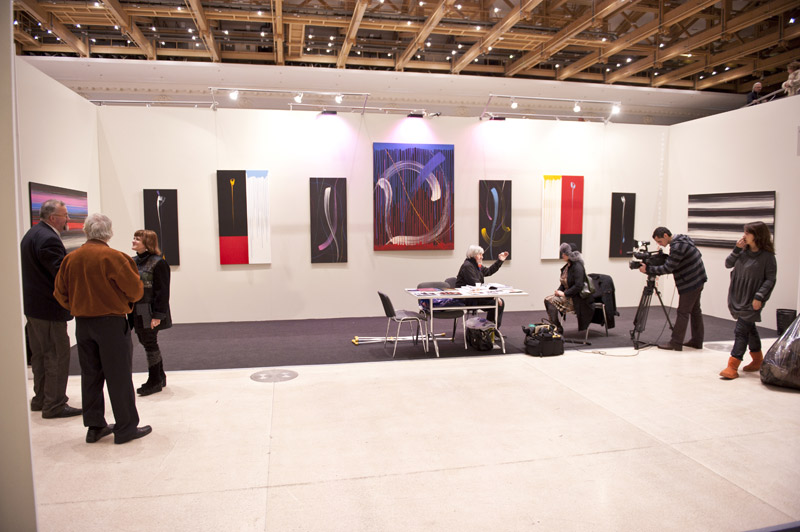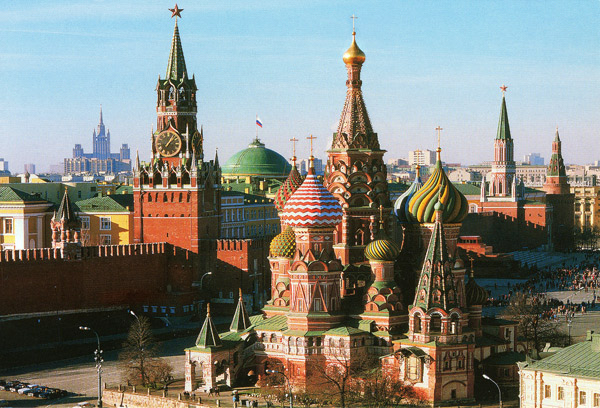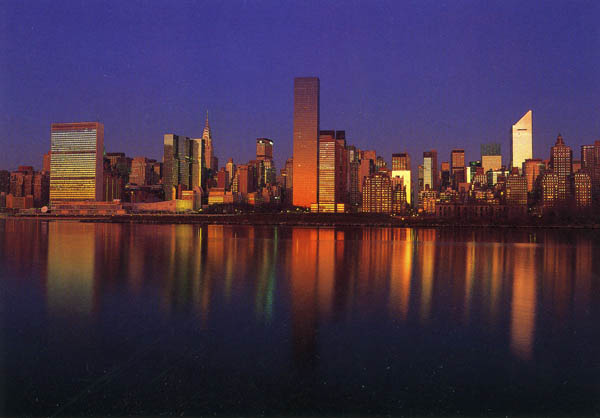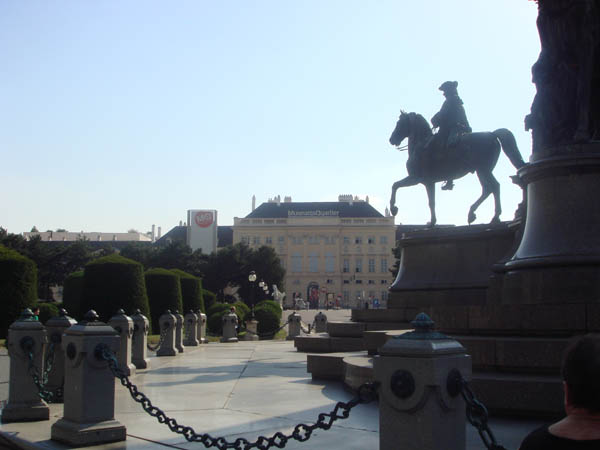Art Blogs
Omar Chkhaidze: Man of the Sixties
Omar Chkhaidze is a prime example of the sixtier. The passionary explosion of the 1960s in Europe and America shook the whole culture: music, poetry, the visual arts. A new art paradigm, that of postmodernism, was coming into being. In the USSR the leading places were taken by the painters from Georgia and the Baltic republics. Omar Chkhaidze, the youngest of the sixtiers, yet the most creative of them, in the search for new painting language-method-stylistics, from the very start offered a few ways of this art development:
- non-objective black and white: Ascension (1966), Touch (1967)
- non-objective white: Encounter (1966), Composition (1969)
- still lives: Still Life in White (1966), Still Life (1967)
- figurative-1: Fishes (1965), Still Life (1966), Metamorphoses (1968)
- figurative-2: Lamb (1965)
- portraits: Girl in a Mask (1968)
- “portraits-scenes”: Stranger after A. Camus (1969).
- truth-aletheia (Martin Heidegger, 1935)
- sense of beauty (Alexander Baumgarten, 1737)
Still more amazing is the fact that Omar Chkhaidze discovered (invented, created, put into operation) all these languages-methods-stylistics as far back as in the 1960s. At the very start of his ART PROCESS “launching”, that has been happily going on for half a century (1960 – 2010s). At the historical juncture of II and III millennia. In forms: from non-objective to figurative. In colors: from black-and-white to openly-brightly-chromatic. In all painting genres: portrait, still life, genre painting, cosmic-divine (non-objective) painting. As well as in subject areas: from sacred to traditionally temporal, secular.
Omar Chkhaidze seems to have found those stylistics of his to be “ready-made”. A new, original artist could have stood behind each of them: there could be several of them. Surprisingly, they all are created by only one artist - Omar Chkhaidze. Easily mastering them, he returns to them again and again from the 1970s to the 2010s. In the twentieth century, only Picasso could work so bravely and innovationally lavishly.
But most importantly, as far back as already in the 1960s Omar Chkhaidze threw away the object from his art and began to paint Light. He painted White Light and created his ontological picture of the world: Ascension (1966), Touch (1967), and others.
Being an artist-receptualist, Omar Chkhaidze creates and presents his works as “series”. The minimum obligatory “series” is “the painting and its twin”. To understand Omar Chkhaidze’s art in these “series” at an art show the viewer juxtaposes first the works within one “series”, then between the different ”series”. When it comes to “clear language” of painting the viewer sees how changing the color changes the form, how changing the texture changes the color, and how changing the form changes the composition and space of a panting, etc. The viewer begins to understand that Omar Chkhaidze’s “own language” of painting is self-contained, independent, self-sufficient, as, for instance, the language of music, the language of dance, the language of poetry have always been. Today a receptualist painter does not need to “tell stories”, be they biblical ones, as in the times of Renaissance. “Pseudoliterature” is contra-indicative to him. After Kandinsky -Malevich discoveries (in 1910 – 1915), the language of non-objective art has been the major language in painting, which turns out to be:
- concrete rather than abstract,
- objective rather than subjective,
- total rather than local,
- absolute rather than relative,
- metaphysical rather than physical,
- conceptual rather than plastic -
as was defined in 1936 by the philosopher Alexandre Kojeve, who was sustained in 1938 by Vasily Kandinsky himself. Non-objective art is called CONCRETISM – rather than “abstractionism”. This is the LANGUAGE OF CONCRETISM in which Omar Chkhaidze has been working since the1960s. It is this language in which he attains exceptional expressivity with a minimum expenditure of means.
(USA – Russia)
Any question please e-Mail : gallery@Gallery-OmarChkhaidze.com

